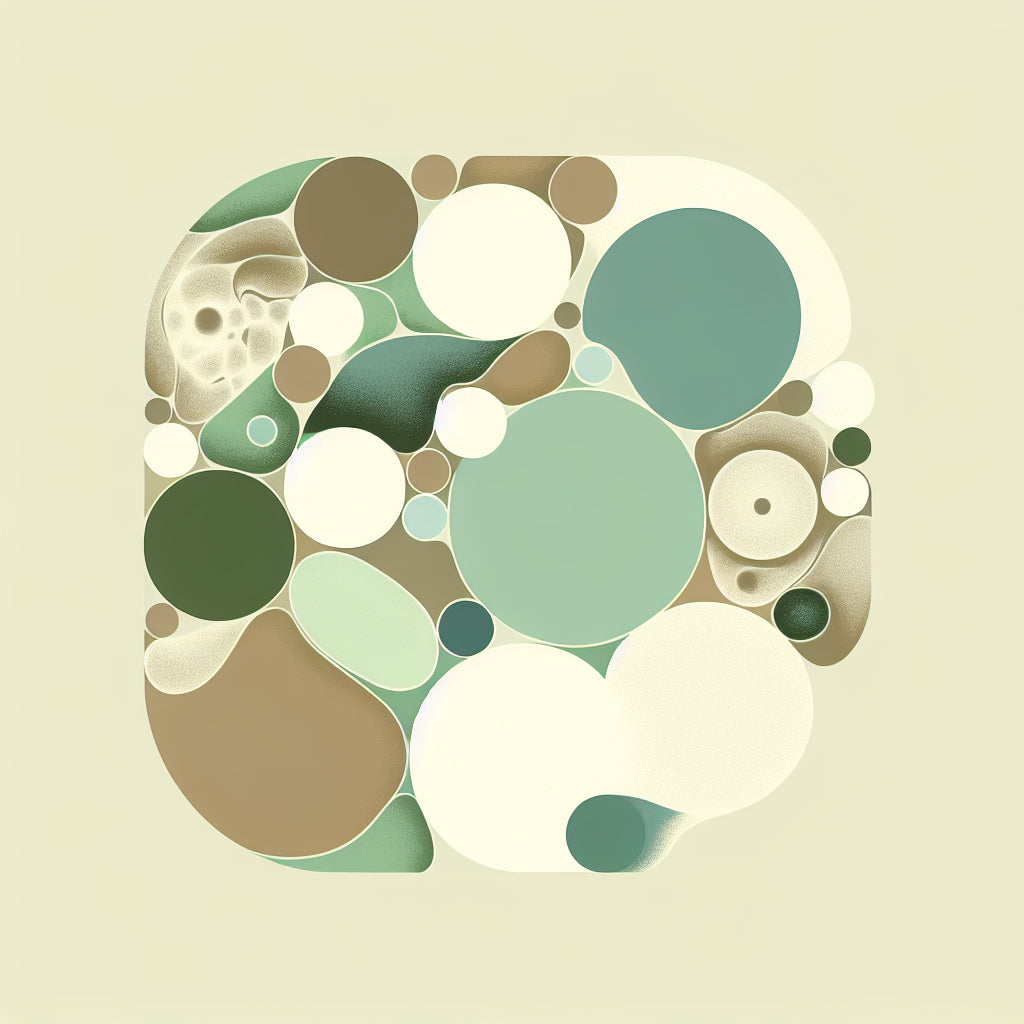
Revolutionary nanobubbles enhance medical imaging
Share
Introduction to nanobubbles
Bio-engineers at Rice University have achieved a significant breakthrough in medical technology by developing gas-filled protein bubbles. These tiny structures, known as nanobubbles, are small enough to navigate through the body and reach previously inaccessible areas. This innovation is poised to transform ultrasound imaging and drug delivery, offering new ways to treat various health complications.
Design and creation of nanobubbles
The nanobubbles, approximately 50 nanometers in size, are uniquely diamond-shaped rather than round. This design allows them to move freely through the body, accessing lymph nodes and other remote areas. Created using advanced genetic engineering and nanoparticle characterization methods, these protein-based nanostructures are a testament to the potential of biogenic materials over synthetic alternatives.
Applications in medical imaging and therapy
Traditionally, larger microbubbles have been used in medical imaging and therapy, but their size limited their ability to pass through the body's finer structures. The new nanobubbles can traverse these barriers, reaching immune cells in the lymph nodes, which are crucial for initiating the body's defense mechanisms. This capability not only enhances imaging techniques but also opens up new avenues for developing targeted immunotherapies and early disease detection methods.
Future research and implications
While the initial results are promising, further research is needed to explore the long-term safety of these nanobubbles in living organisms. The team at Rice University plans to continue testing and refining this technology to prevent any potential immune responses that could be triggered by the bubbles. The ongoing development of these nanobubbles holds great promise for their use in more effective and less invasive medical treatments.
Conclusion
The development of virus-sized nanobubbles marks a pioneering step in medical science, with significant implications for longevity, healthspan, and lifespan. As research progresses, these nanostructures may become integral in the fight against cancers, infectious diseases, and other health challenges, ultimately enhancing patient outcomes and advancing long-term health.